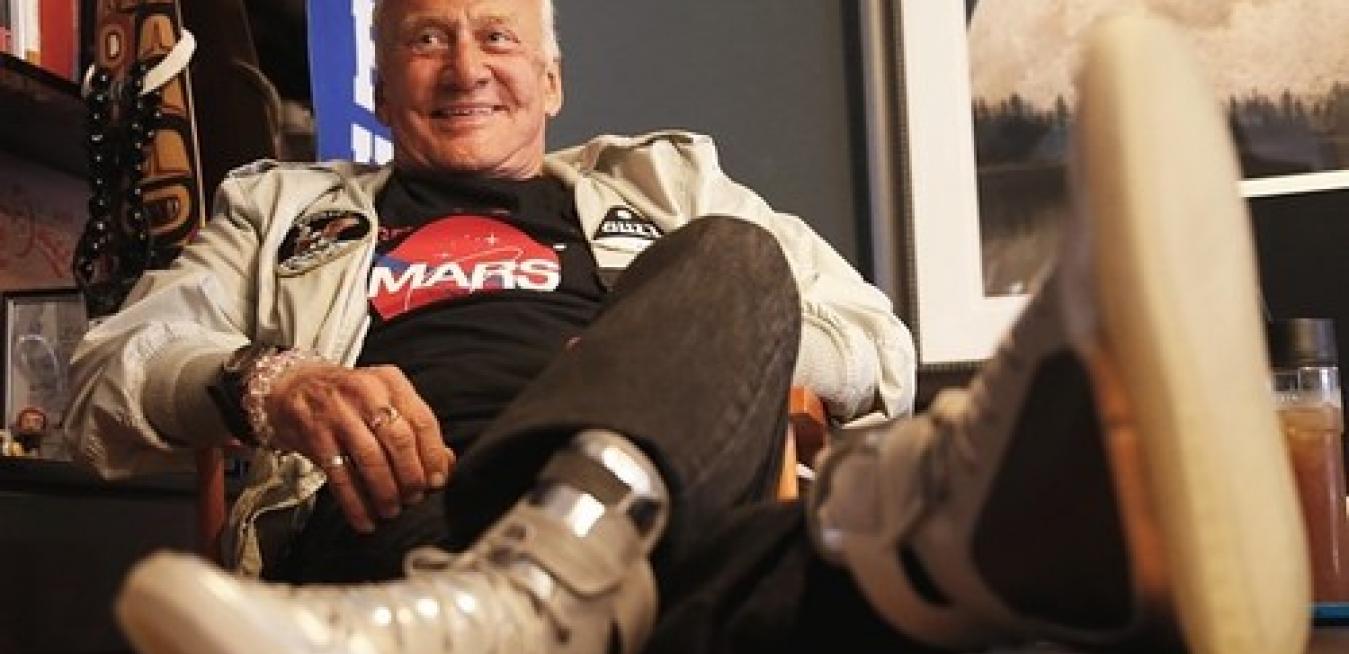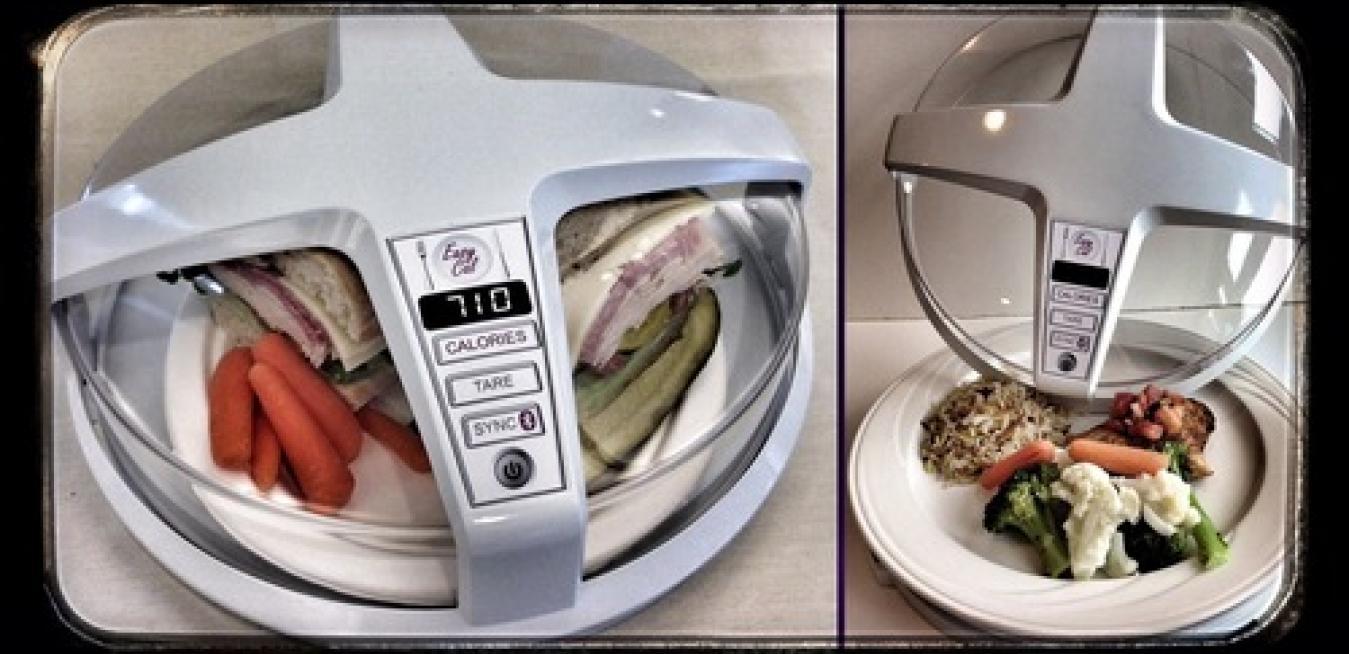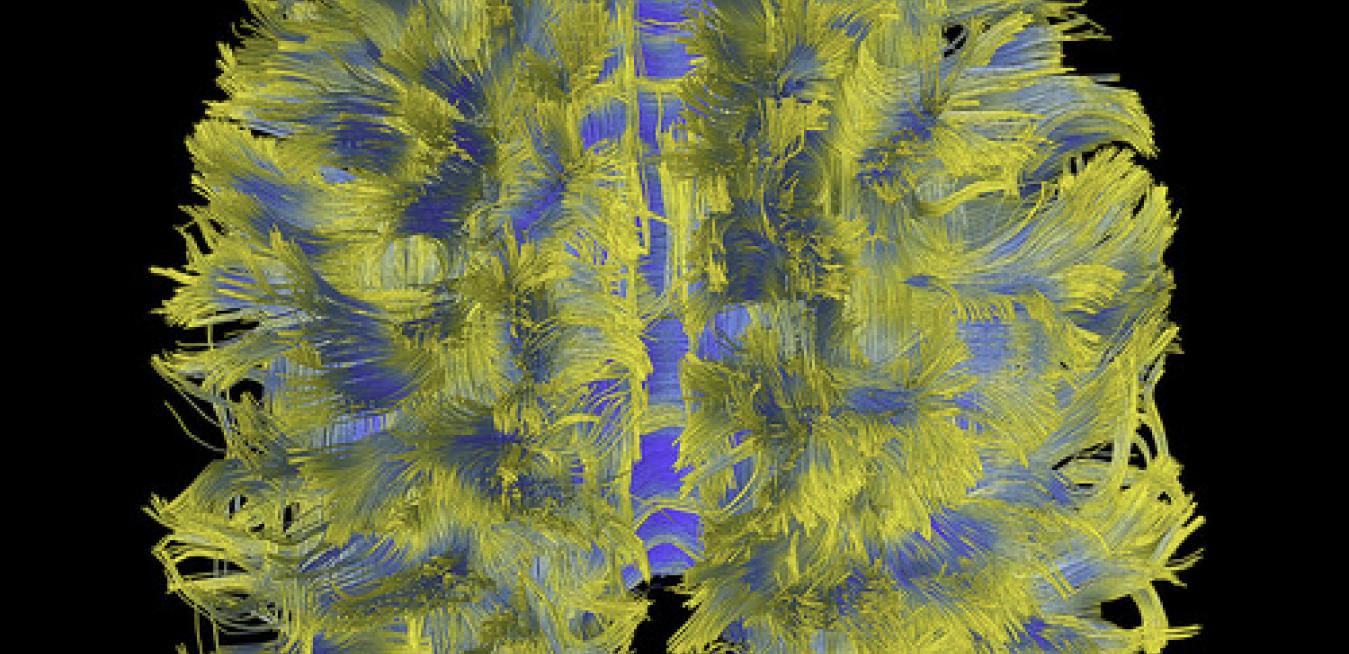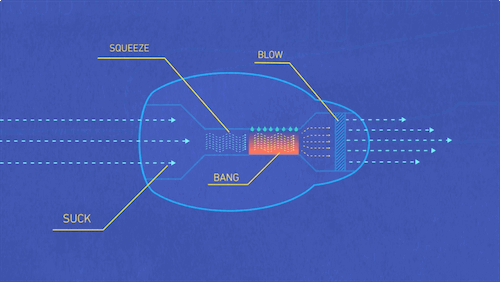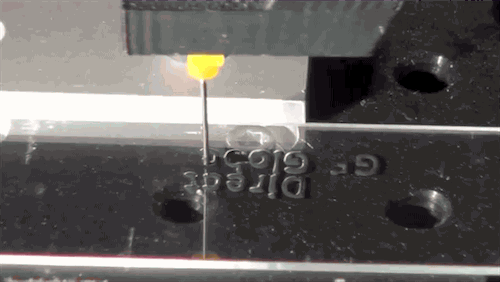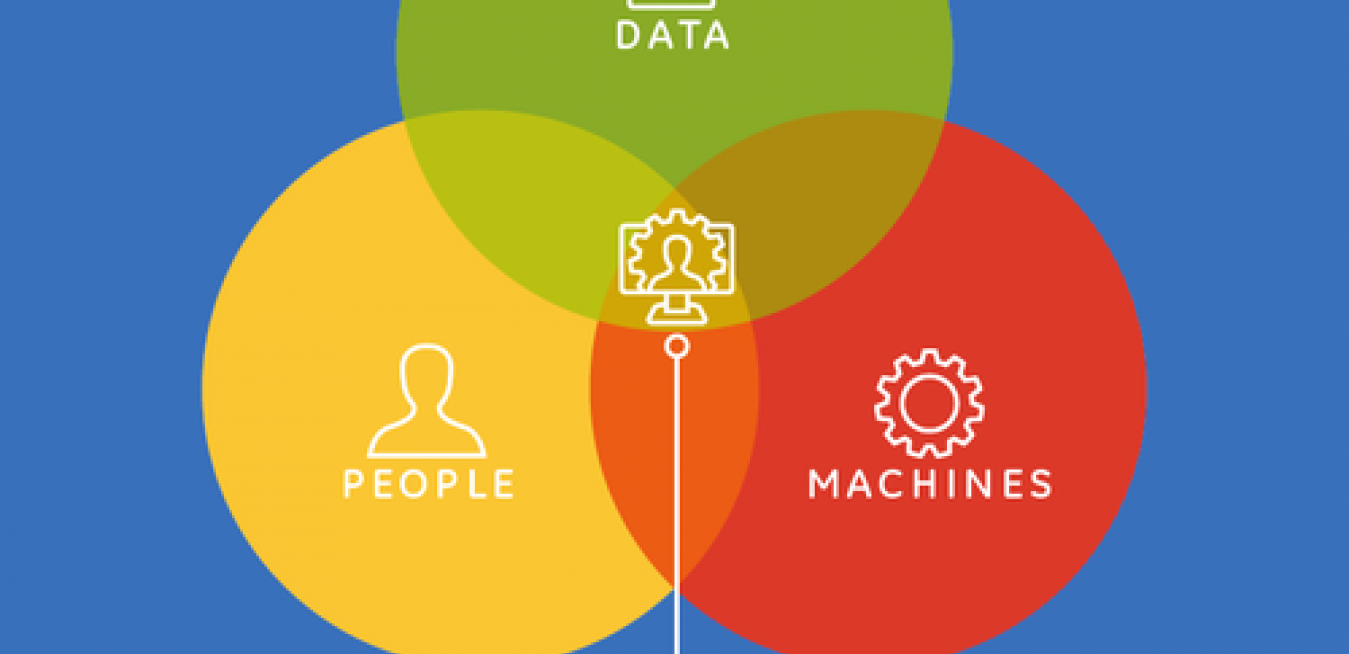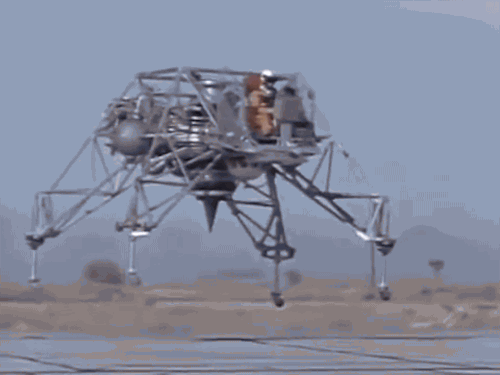The problem wasn’t him asking, but the technology itself. “If it doesn’t automatically track the calories I eat, then I don’t want it,” she told him.
Three decades ago, engineers at GE research labs in Niskayuna, NY, built one of the first magnetic resonance machines and peered inside a colleague’s head. The result was the world’s first MRI image of the human brain. “This was an exciting time,” says John Schenck, a lead scientist on the project and also the test’s subject. “We worried that we would get to see a big black hole in the center. But we got to see my whole brain.”
Imagine that you are in charge of the service center for a global energy infrastructure company. It’s Friday afternoon and you are ready to go home when you receive an urgent call from a customer. She needs a critical oil pump component within the next 12 hours or her business will lose millions of dollars. Concerned? Don’t panic.
If you feel that the world has become a buzzing beehive of connectivity, wait a few years. A recent report from CISCO estimates that only a small fraction of the devices that could be talking to each other - 10 billion out of 1.5 trillion, or just 0.6 percent - are actually connected. CISCO estimates that the number will jump to 50 billion by 2020, potentially transforming the way we live and the global economy.

Blowout preventers, or BOPs, are incredibly complex machines that weigh 750,000 pounds and tower 60 feet above seafloor oil wells. They serve as the last line of defense in case anything goes wrong. It takes workers about 18 months to build one and they serve for as long as 30 years.
Astronauts Thomas Stafford, Eugene Cernan and John Young took their spacecraft, nicknamed Charlie Brown, to the lunar orbit. Stafford and Cernan then climbed inside the lunar module, dubbed Snoopy, and piloted it just 9 miles above the moon’s surface - after traveling some 240,000 miles from home.
